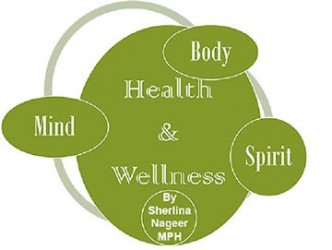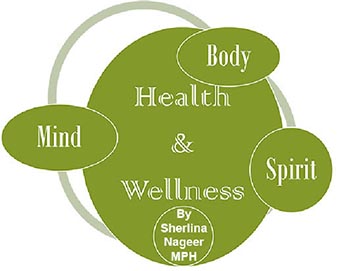For the past several weeks, I have been seeing pink fabric wrapped around the trees on Camp Street. The project apparently is a campaign of the Avon Foundation and is intended to raise awareness of breast cancer in particular in Guyana. According to some data (from 2011) from the Ministry of Health, cancer is the third leading cause of death in Guyana with prostate, breast, lung, and cervical cancer being the main types. October has been designated breast cancer awareness month, with a church service, awareness walk, fundraising to provide free/low cost mammograms to women, and various other activities being carried out. This is all commendable but I would like to raise a few other points.
First and most problematic to me is the fact that the organisation doing this awareness raising is an arm of Avon Products – the largest direct seller of beauty products to women around the world. Their breast cancer awareness activities simultaneously double as free advertising for their brand and products. Now, almost everybody wants to look beautiful, right? And some go to great lengths to attain that, spending a lot of attention, time, and money on items they think will make them more attractive. This focus on outward appearance fuels countless businesses around the world; Avon is just one of many corporations profiting from it. However, many cosmetic and beauty products that we all use daily contain toxic chemicals that, over time, cause serious health problems – including cancer.
Cancer is a complex illness, with no single cause. However, experts and the research agree that lifestyle and environmental influences, along with genetic factors, play a major role in the disease. Unfortunately, much of the focus remains on early detection and treatment, instead of prevention. While early detection is indeed important and can be life-saving, it is essential, in my opinion, that equal-if not more attention-be paid to preventive measures as well. Too many people still believe that they can do nothing to prevent cancer; that it is somehow a fluke of nature, or their destiny if they get it. More awareness is slowly being raised about the danger of overconsumption of red meat, alcohol, and high-fat foods, with the American Cancer Society recommending a diet high in fruits and vegetables, along with moderate daily physical activity as key to cancer prevention. However, awareness about the environmental influences on cancer remains lacking.

Along with being carcinogenic, these chemicals have also been found to disrupt or mimic hormones like estrogen and testosterone. With regular use, they build up in the body over time, causing birth defects, fertility problems, neurological disorders like Alzheimer’s, and the early-onset of puberty in children. As we bathe, wash, and clean with these chemicals, they also end up in our waterways, negatively affecting fish and other species in the environment.
Now, you might think that because these products are being sold in the stores and markets, that they must be safe but that’s not true. The fact is that the vast majority of industrial chemicals currently in use in the world today do not have to be tested before they are marketed. Of the thousands of chemicals in products that we use every day, only a small percentage have ever been tested for their safety in humans. The attitude in years past was one where chemicals were thought to be ‘safe until proven dangerous.’ In the cosmetic industry specifically, chemical testing is voluntary and left up to the manufacturers, many of whom, to reduce costs, simply do not do any testing at all. Some do not even list all the ingredients in their products on their labels.
One report on Safe Cosmetics done by the American consumer organisation the Environmental Working Group and cited by Breast Cancer Action found that 89% of ingredients used in personal care products have not been evaluated for safety by any publicly accountable institution of America. Adding to the problem here in Guyana is the fact that products from India, China, and the Middle East are also widely available, with labelling often not in English and therefore with even less information about possibly toxic chemical ingredients.
People (especially pregnant women and children) need to start being more aware about the things they put on, as well as into their bodies, as they all impact our health and wellness. It is important to educate ourselves and pay attention to product labels. As with food, choose products with the fewest ingredients possible, and with names that you recognise as real/natural items, not artificial chemicals. Avoid those that contain the dangerous chemicals mentioned above. (For more information, see www.safecosmetics.org, and http://www.ewg.org/skindeep/).
Also, there are natural alternatives to many of these products which our ancestors may once have used; we should re-learn these and not just blindly purchase the newest, brightest packaged, sweetest smelling item. Many personal care items can be made at home with easily available items such as baking soda and coconut oil (which by the way is far better for skincare than any fancy lotion). Something to strive for should also be to reduce the amount and number of times that these products are used in general. After all, as we all know, beauty comes from within, and is best demonstrated by how we treat each other, not by how sweet we smell, or how much makeup we wear.
Sherlina can be contacted at ssnageer@yahoo.com





